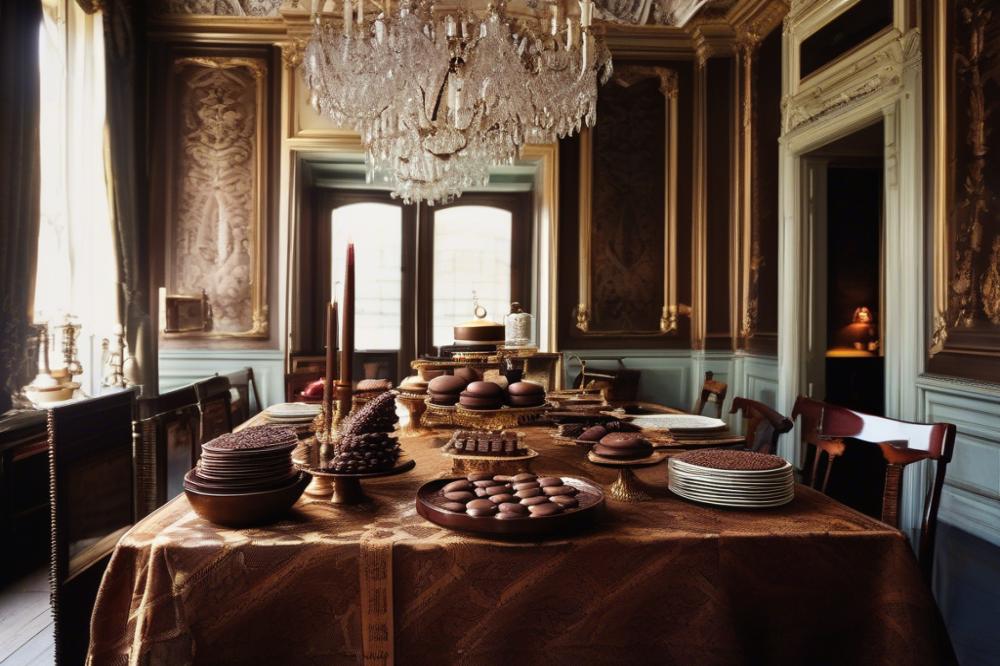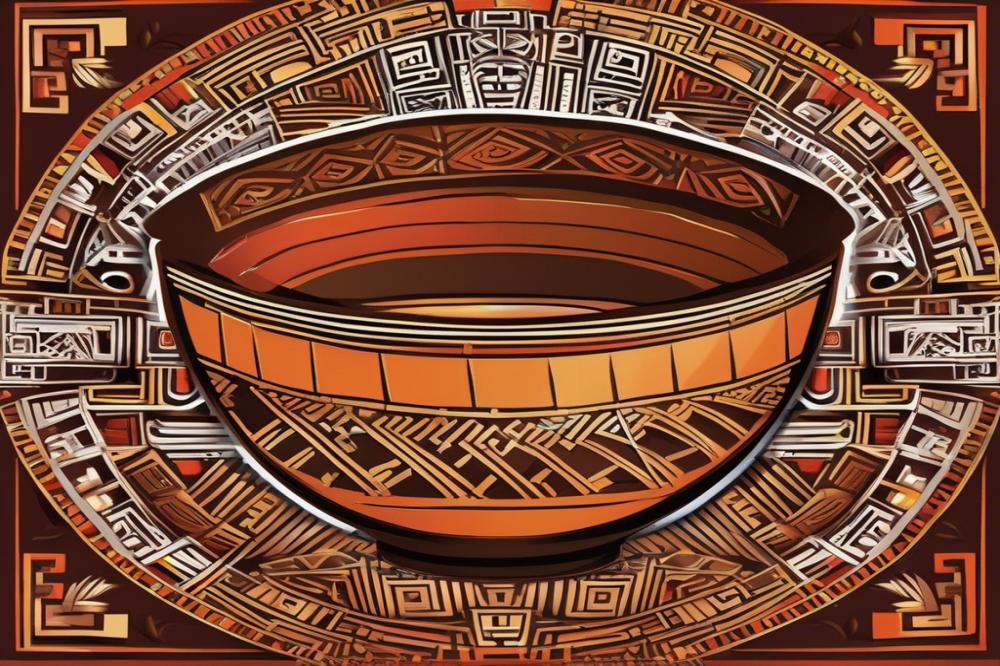The Rise of chocolate as a Popular confectionery in the 19th century
Throughout history, cacao has captured the hearts and taste buds of many. Its origins trace back to ancient Mesoamerican cultures, where it was often used as a ceremonial drink. In those early days, it served more than just a culinary purpose; it played a significant role in rituals and as a currency. However, the path to becoming a beloved sweet treat took time.
The 19th century marked a transformative era for this delightful ingredient. The industrial revolution fueled advancements that changed how people experienced food, paving the way for inventions that made sweet confections more accessible. chocolate recipes became more varied and appealing as innovations in processing methods emerged. As production ramped up, these sweet delights found their way into European markets, capturing the attention of both the elite and everyday consumers.
As people embraced new candy culture, chocolate rapidly evolved from an exotic beverage to a staple in confectionery. Social change influenced how communities viewed and consumed these sweet products, making them integral to celebrations, family gatherings, and personal indulgence. By the end of the century, chocolate had solidified its place in culinary history, shaping not only diets but also social interactions.
The Transformation of Cacao

Before the 19th century, cacao held an esteemed place in history. Ancient cultures in Central America cherished the beans. They used them in ceremonies, believing cacao had divine properties. It was consumed as a bitter beverage rather than the sweet treat we enjoy today.
Cultivation of cacao beans involved a meticulous process. Farmers tended to the cacao trees for several years before they yielded fruit. Once harvested, the beans underwent fermentation, drying, and roasting. This processing transformed the beans into a base for various chocolate recipes. As knowledge spread, more people began to appreciate the versatility of cacao.
Colonialism greatly impacted cacao production and supply. European powers sought new sources of wealth. They established plantations in tropical regions, using forced labor to maximize profits. As a result, the cocoa trade flourished, supplying European markets with cacao in abundance. This rapid expansion led to the rise of a candy culture, as chocolate became more accessible.
During the Industrial Revolution, new technologies changed how confectionery was made. Factories sprang up, mass-producing chocolate for the first time. People eagerly embraced these innovations, fueling a taste for sweet treats. Social change followed, as chocolate became a joyful part of everyday life for many. Cacao, once reserved for the elite, found its place in the hands of the masses.
Chocolate and the Industrial Revolution
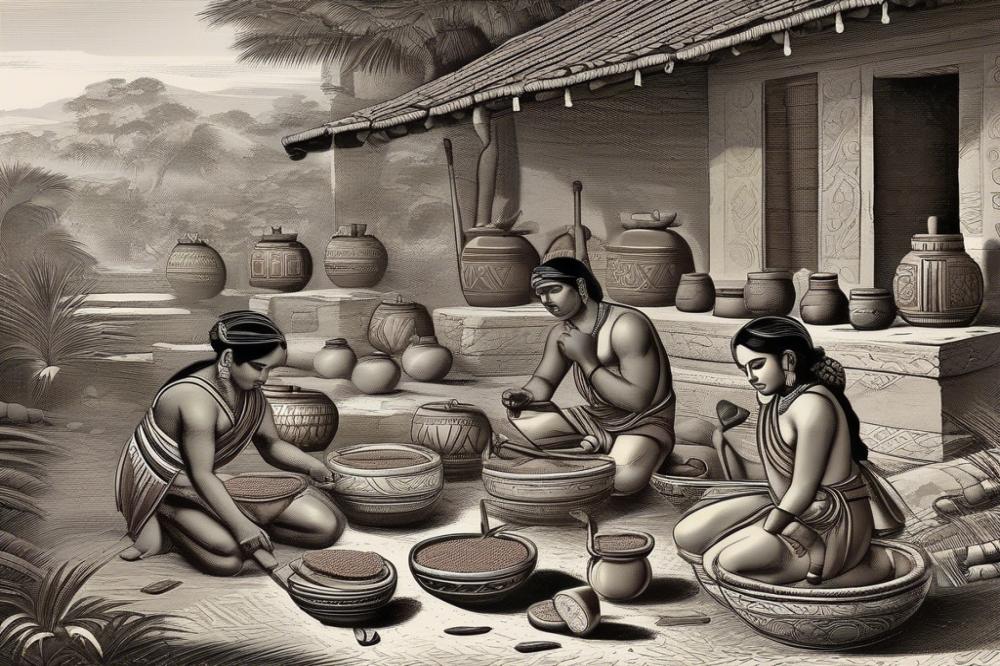
The Industrial Revolution transformed food production in ways that were once unimaginable. Factories sprouted up across Europe, changing how people made and consumed sweet treats. With advances in technology, food could be produced faster and in greater quantities. This shift enabled manufacturers to search for new products to sell in growing urban markets.
Innovations in the way chocolate was made also played a crucial role. The introduction of machines made it easier to process cacao beans. A key development was the cocoa press, which allowed manufacturers to separate cocoa solids from cocoa butter. This breakthrough meant they could create more varied recipes for chocolates, appealing to a wider audience.
As a result, chocolate became more accessible. Prices dropped, making this once luxurious item affordable for average families. The increase in production led to a boom in the candy culture, and shops began to sell an array of chocolate products. People could enjoy delightful confections that were previously reserved for the wealthy, marking a significant moment in history.
European markets were flooded with different varieties of treats, changing how society viewed snacks. The availability of these new chocolate recipes sparked interest and demand. Social change was evident as families began to view confectionery not just as a premium good but as part of everyday life. Today, we can trace the roots of this transformation back to the Industrial Revolution.
Chocolate Recipes and Sweet Treats
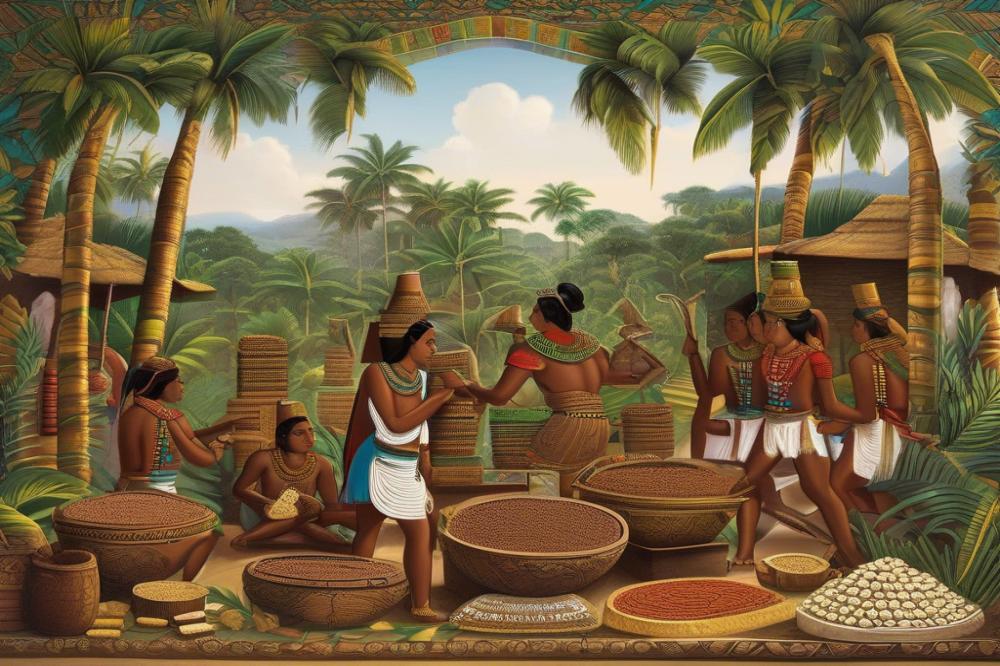
The 19th century saw significant evolution in chocolate recipes. As the industrial revolution advanced, new methods of production emerged. This period marked a shift from handmade delights to mass production. Chocolate began to be more accessible, transforming it into a favored confectionery treat.
New recipes were created to cater to changing tastes. People looked for richer flavors and smoother textures. This demand led to the invention of solid chocolate bars in the 1840s. Williams Cadbury and Joseph Fry played key roles in this transformation. Their innovative spirit opened the door to a wide array of chocolate confections.
Popular Chocolate Confections
Popular confections during this period included chocolate creams, truffles, and candies. These sweet treats typically featured a blend of sugar, cocoa, and various flavorings. Vanilla and nuts often played a role in enhancing the taste. Iconic brands started to be recognized in European markets, with their goodies becoming household names. Customers eagerly awaited the latest creations from their favorite confectioners.
The Influence of Chocolate on Sweet Treats
The rise of chocolate significantly impacted the development of other treats. Many recipes began incorporating cocoa to elevate flavors. Desserts like cakes and puddings often featured chocolate as a key ingredient. This shift contributed to a vibrant candy culture, where sweet indulgence flourished.
The cocoa trade expanded alongside this trend. Cacao became a commodity, increasingly sought after for culinary applications. Social change also played a role. Chocolate houses became popular gathering spots, fostering a new sense of community around the enjoyment of sweets.
European Markets and Chocolate Culture
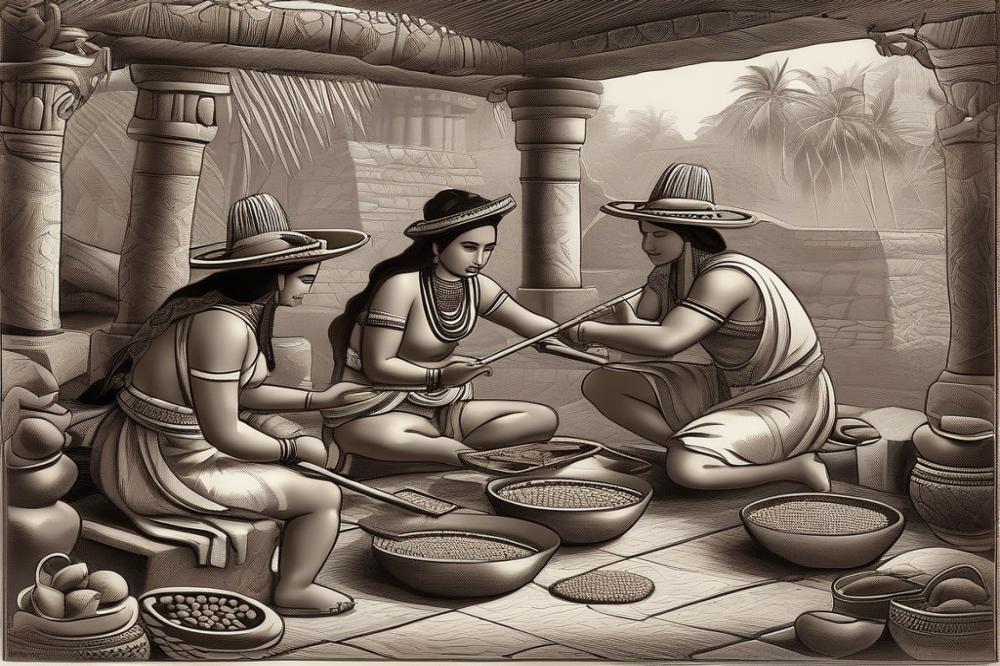
The role played by European markets in the chocolate trade during the 19th century profoundly shaped its popularity. As the Industrial Revolution unfolded, production methods improved significantly. This shift allowed for a wider availability of cacao beans, making sweet treats more accessible to the masses. Prices dropped, and more people could indulge in that rich, delightful confectionery. Great Britain, France, and Switzerland became key players in this exciting new cocoa trade.
With increased availability, the emergence of chocolate houses and cafes started to transform social life. People flocked to these places, drawn by the promise of delicious drinks and desserts. They became central spots for social gatherings. Friends shared laughter over cups of thick, warm beverages, which soon became trendy. In cities like London and Paris, these venues were more than just places to grab a snack; they served as lively meeting points for different classes to interact.
Chocolate consumption also brought about significant social change. Those in higher social classes often enjoyed luxurious chocolate recipes, served in elegant settings. Meanwhile, the working class found affordable options that enabled them to partake in this new candy culture. Access to a once-exotic treat blurred class lines, at least for a moment. The act of enjoying cocoa sweets became a shared experience, connecting diverse groups. This new trend reflected a shift in society, showcasing how food played a role in changing times.
The Cocoa Trade and Global Impact
The 19th century marked an important time for the cocoa trade industry. Growing interest in cacao fueled a booming market. As factories popped up in European cities, demand for sweet treats increased. Confectionery became a vital part of everyday life. This tasty trend was not just about flavor; it also had a significant impact on history and culture.
Key Players and Their Influence
Many players shaped the landscape of the cocoa trade. Throughout Europe and America, entrepreneurs began developing chocolate recipes that caught buyers’ attention. Names like Fry & Sons and Cadbury became household names as they produced new products. These companies worked tirelessly to make chocolate available to the masses. The connection between industrial revolution advancements and chocolate production is striking. New machinery allowed for faster processing of cacao beans, which made sweet treats accessible to more people.
Cocoa Trade and Social Change
The cacao trade also sparked social change. Enslaved laborers in plantations produced much of the cacao, raising ethical concerns. Awareness of these issues led to movements advocating for justice and fair trade. As consumers became more aware, their purchasing choices began to reflect their values. Additionally, the changing economic landscape created new jobs in the confectionery industry. Workers saw better opportunities, which improved their living conditions over time.
Candy culture rapidly evolved during this period. The rise in popularity of cacao indicated a shift in dietary habits, with sweet treats becoming a staple. Family gatherings and celebrations often featured these confections as a centerpiece. This evolution in taste and culture contributed to a wider acceptance of dessert and indulgence in daily life. It became clear that the cocoa trade was more than just a business; it was a driving force of change.
Wrapping Up the Sweet Journey
The 19th century marked a significant moment in the history of confectionery. During this time, chocolate transformed from an exotic beverage into a beloved treat enjoyed by many. Advances in production techniques and the rise of mass markets made it accessible to a broader audience. People began to savor the delightful flavors and textures that this sweet had to offer.
Today, its legacy can be seen everywhere. Various forms of chocolate fill candy aisles and dessert menus. Its versatility allows for endless combinations and creations, from simple bars to gourmet treats. Many will agree that the popularity of this sweet has paved the way for a rich tradition of indulgence. Future generations will likely continue to explore its possibilities.
As we look ahead, there are intriguing prospects on the horizon. Innovations in flavors and sustainable practices could redefine how society enjoys this classic treat. While trends change, the enduring appeal remains. This beloved confection continues to play a vital role in celebrations, gifts, and everyday moments. A sweet future awaits, shaped by both tradition and creativity.

